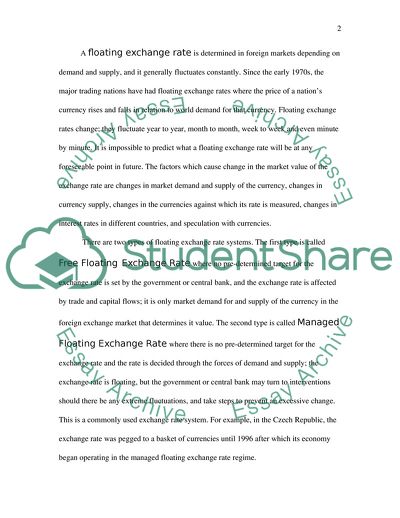Cite this document
(Fixed Versus Floating Exchange Rate System Report Example | Topics and Well Written Essays - 1750 words - 2, n.d.)
Fixed Versus Floating Exchange Rate System Report Example | Topics and Well Written Essays - 1750 words - 2. https://studentshare.org/macro-microeconomics/1703358-economic
Fixed Versus Floating Exchange Rate System Report Example | Topics and Well Written Essays - 1750 words - 2. https://studentshare.org/macro-microeconomics/1703358-economic
(Fixed Versus Floating Exchange Rate System Report Example | Topics and Well Written Essays - 1750 Words - 2)
Fixed Versus Floating Exchange Rate System Report Example | Topics and Well Written Essays - 1750 Words - 2. https://studentshare.org/macro-microeconomics/1703358-economic.
Fixed Versus Floating Exchange Rate System Report Example | Topics and Well Written Essays - 1750 Words - 2. https://studentshare.org/macro-microeconomics/1703358-economic.
“Fixed Versus Floating Exchange Rate System Report Example | Topics and Well Written Essays - 1750 Words - 2”. https://studentshare.org/macro-microeconomics/1703358-economic.


